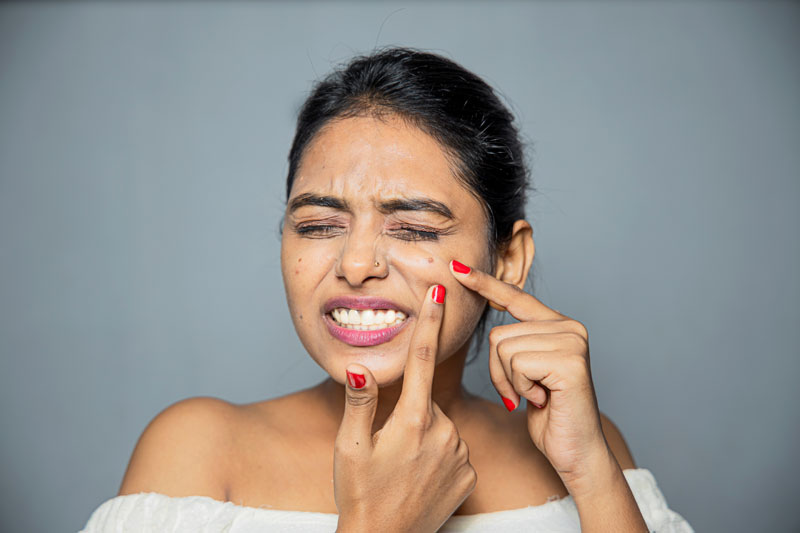
Scars from acne might be a steady reminder of history breakouts. They may impact not only the skin but also one’s self-esteem and self-confidence. As much as good skin care coupled with medication would cure acne, acne scars resulting from the latter might need more sophisticated management. Thankfully, contemporary dermatology has a wide range of super-effective treatments for controlling various types of acne scars and cutaneous issues. Here, we will discuss the best treatments on offer, how they work and how to determine what is best for you or your patient.
Before we discuss treatment, let’s remember that not all acne scars are created equal. What is good for one may not be good for another. The most common forms of acne scars are:-
Atrophic scars – Depressed scars due to loss of collagen. These are:-
Hypertrophic or Keloid scars – Bumpy scars due to excess production of collagen during healing.
Post-inflammatory Hyperpigmentation (PIH) – Hyperpigmentation or pigmentation spots not a scar in the technical sense but most commonly placed under scarring conditions.
With determination of the type of scar, the dermatologist then can determine the best kind of treatment to provide.
Laser treatment is largely the best method in the treatment of acne scars, especially atrophic scars.
Laser resurfacing is best suited for atrophic scars which are deep in nature, but in the skillful hands of a dermatologist to prevent danger.
Microneedling or collagen induction therapy is applying very fine needles to induce minute injuries to the skin. It triggers the repair mechanism of the body and also collagen production.
Microneedling improves with time and is usually paired with other treatments.
Chemical peels are performed with acids to peel off the outer layer of skin, lighten pigmentation, and stimulate new growth of skin.
Chemical peels are a great add-on procedure for discoloration and surface irregularity management.
Subcision is a small procedure in which a thin needle is injected under the skin to disrupt the fibrous bands tightening the skin downward, creating depressed scars.
Subcision is generally a part of a multi-staged atrophic scar treatment.
Hyaluronic acid or compatible fillers fill in treated acne depressions to lift up and smooth out the area.
For individuals seeking a non-surgical method with fast improvement, fillers are an satisfying option.
Surgical treatments with the use of punch instruments are only used for ice pick scars.
It is single-treatment or can be combined into a complete scar revision protocol.
Radiofrequency Microneedling
Radiofrequency along with Microneedling causes more penetration of heat deeper in the skin and more collagen remodeling deep down.
RF Microneedling is poised to be the new favorite because it is safer and more effective.
What is optimal varies with many factors:-
The ideal treatment for most is an aggregate treatment. For example, a rolling scars and boxcar patient can be treated with Subcision first as initial treatment, followed by laser resurfacing, and then followed by Microneedling.
No matter what treatment is applied, post-treatment care to optimize healing and prevent pigmentation is crucial. Some guidelines worth noting are:-
Appropriate post-treatment care can have a strong impact on results and minimize side effects.
Acne scars are non-permanent but not permanent. Patients can have smoother, more delicate skin through accurate diagnosis and customized therapy. From sophisticated laser treatment to simple Microneedling and peeling, dermatologists now have a strong arsenal of options available to correct all scars. If you’re fighting acne scarring, see a professional skin care professional to learn what will work best for your particular skin issue. Taking your time stalking the pros and going slow with your treatment can pay big dividends—allowing you to heal, but glow.
Category : Acne Scar Treatment
Tags: Acne Scar Treatment , Acne Scar Treatment in Delhi , Atrophic Scars